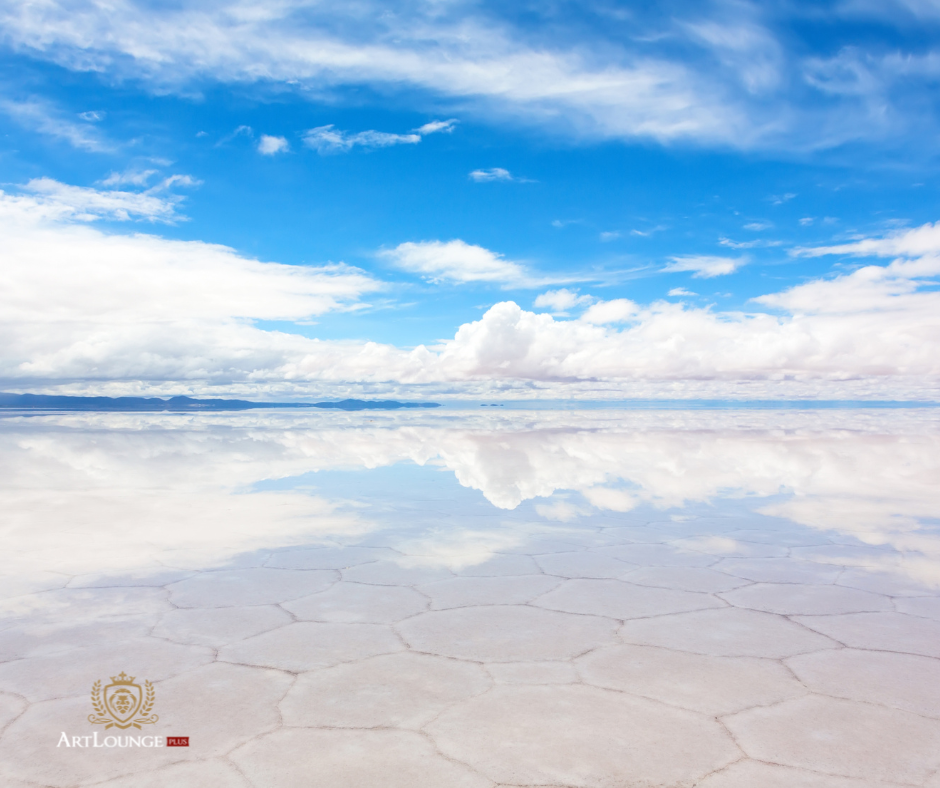
Computer graphics – enter its world
11-03-2024
Computer graphics, i.e. ...
Computer graphics is a specialized field of computer science that deals with the creation, processing, and editing of images through computer systems. It uses advanced software to generate both simple designs and advanced data visualizations.
Computer graphics are divided into raster and vector graphics. Raster graphics consist of a pixel matrix, where each pixel stores color information. Vector graphics are based on mathematical equations that define shapes, lines, curves, and colors. In vector graphics, images can be scaled to any size without losing quality, which is its main advantage over raster graphics.
Computer graphics are used in various aspects of everyday and professional life, from the creation of digital collectibles understood as unique digital files, to professional graphic design within companies and information portals.
In the process of creating computer graphics, it is crucial to choose the right tools and techniques that correspond to the goals and requirements of a given project. Professional computer graphics requires not only technical skills, but also creativity and artistic sensitivity.
If you are interested in computer graphics, visit art lounge plus. It's an information portal dedicated to graphics and digital art.
From plane to three-measure, i.e. the development of graphics
The development of computer graphics can be traced back to the 1950s, when the simplest images appeared with the help of the first digital computers. During this period, graphics were mainly military in nature due to the high cost of technology.
In the 1960s, two basic categories of graphics emerged: vector and raster. Vector graphics described images using lines and curves based on mathematical equations, while raster graphics created an image from a grid of pixels.
The 90s was a time when graphics experienced a real boom thanks to the development of three-dimensional graphics. The first games and animated films using this technology were conquering the market, and programs such as CorelDraw (1989) and Paint Shop Pro (1990) enabled increasingly complex graphic processing.
Technologies such as DirectX, OpenGL and Glide were crucial to the development of 3D graphics. DirectX dominates the industry, while OpenGL maintains its position despite its reduced popularity. Glide, on the other hand, disappeared along with VooDoo's 3Dfx accelerators.
Such a dynamic development of computer graphics has made it possible to create digital collectibles, which are now part of the digital art art market. This is also confirmed by the opinions about art Lounge plus, which indicate a growing interest in digital collectible works of art, which emphasizes the importance of graphics in digital culture.

Graphics level... What does it depend on?
The level of the graphic design is the result of a combination of several key factors. First of all, the effect depends on the experience of the graphic designer, whose gradual development is a continuous and multidimensional process. The greater the knowledge and practice, the better the results can be achieved within the framework of the design.
To achieve a high level of graphics, it is crucial to combine several factors that together create a solid foundation for any computer graphic designer. At the beginning, it is necessary to use the right tools and graphics software that allow you to create advanced projects. Graphic designers must also demonstrate artistic flair and a good grasp of the basics of composition and design, which allows them to create aesthetically appealing and technically correct works.
In the field of digital art and NFTs, the artist needs to stay up-to-date with modern trends and the potential that NFTs bring, as the quality of a digital work can directly affect its value in the NFT market.
In the context of the above considerations, a graphic portal such as Art Lounge Plus can be a valuable source of inspiration, knowledge and an opportunity to exchange experiences between graphic designers, which further supports their development and striving for perfection in graphic art.
Work with graphics
A graphic designer is a specialist responsible for creating visual designs, such as logos, banners, or book covers, using modern technologies and graphic software. Its role is crucial in the advertising industry and all sectors of visual communication.
How do I become a graphic designer?
Education: No specialized education is required, but courses, workshops, and studies in graphic design can be helpful.
Skills: Among the most important are creativity, knowledge of graphic programs and the principles of visual composition.
Experience: A portfolio showing practical skills and projects completed so far is important.
If you are interested, you should follow graphic portals and information portals related to computer graphics. They provide access to the latest innovations from the world of design, inspiration and technical knowledge necessary for this work.
Basic issues:
Graphics tools: Professional programs for graphics processing and design.
Principles of composition: The basic laws that govern the aesthetics of designs.
Design trends: Current trends in graphics development.
Hence, a graphic designer should be able to constantly improve their skills and update their knowledge in the field of new styles and graphic techniques, which has a significant impact on their professional development and position on the labour market.
Computer graphics is a booming field that combines technology and art to create unique digital works. From simple images to advanced three-dimensional visualizations, computer graphics play a key role in many aspects of everyday and professional life, offering limitless possibilities for creators and designers. The development of tools and technologies opens up new perspectives for digital artists while increasing their importance in the art market, especially in the context of NFTs. For those who want to learn more about computer graphics, portals such as Art Lounge Plus are a valuable source of knowledge, inspiration and support, helping you to further develop and improve your skills in this fascinating field.